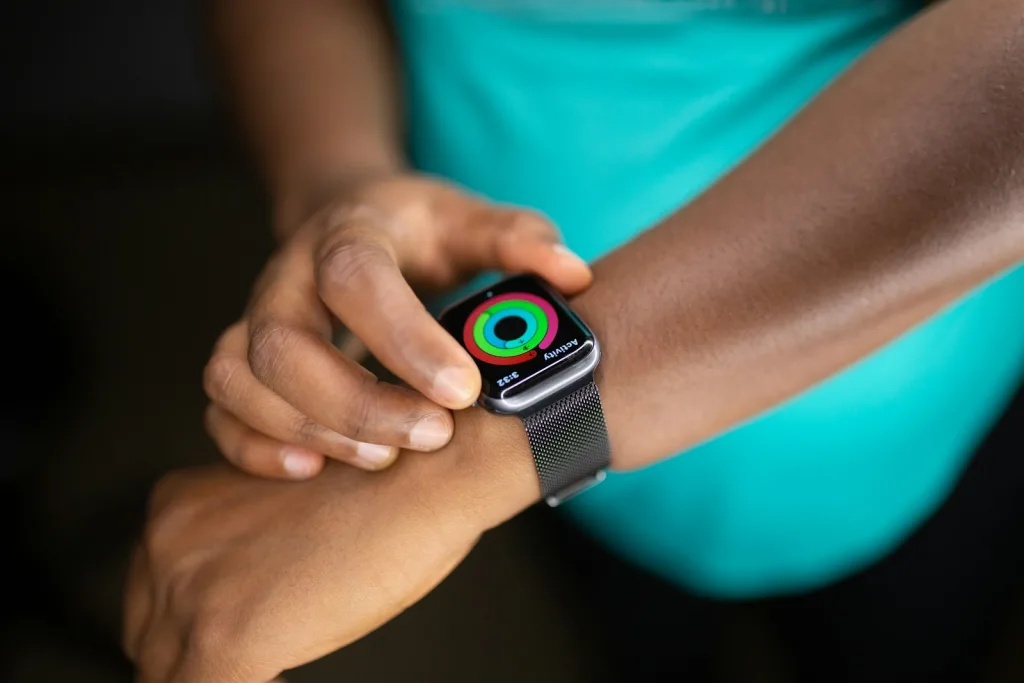Wearable Technology: Trends and Predictions

Wearable technology has moved beyond niche gadgets and into the mainstream over the past decade, becoming integral to the daily lives of many. From fitness trackers to smartwatches and health-monitoring devices, wearables are evolving rapidly. This guide delves into current trends in wearable technology and offers predictions on how these devices will continue to shape our health, lifestyle, and interactions.
Current Trends in Wearable Technology
- Health and Fitness Monitoring
- Wearables are increasingly equipped with sensors to monitor various health metrics like heart rate, sleep patterns, and physical activity. Advanced devices now offer blood oxygen level detection, stress tracking, and even electrocardiogram (ECG) monitoring.
- Integration with IoT
- Wearables are becoming part of the larger Internet of Things (IoT) ecosystem. Devices can connect with other smart devices in the home or workplace to create a seamless user experience, from controlling smart thermostats to receiving notifications from security systems.
- Fashion and Personalization
- There is a growing trend to integrate technology with fashion. Wearables are being designed to be more aesthetically pleasing and are often customizable, allowing users to change straps and watch faces to match their style.
- Payment Technology
- Wearable devices are increasingly being equipped with Near Field Communication (NFC) chips that allow for contactless payments. This feature has become especially popular in the context of maintaining hygiene in public spaces.
Predictions for the Future of Wearable Technology
- Advanced Health Monitoring
- Future wearables will likely include more advanced health monitoring features, such as glucose monitoring without the need for blood samples and real-time blood pressure tracking. These advancements could revolutionize care for chronic conditions such as diabetes and hypertension.
- Augmented Reality (AR) Integration
- Augmented reality is expected to become a significant feature in wearable technology. AR glasses will project information directly into the user’s field of vision, offering real-time data overlay and hands-free navigation.
- Increased Autonomy
- Wearables will become more autonomous, relying less on smartphones for processing power and connectivity. This independence will enhance convenience and functionality, allowing wearables to function as standalone devices.
- Improved Battery Life and Sustainability
- As consumers become more environmentally conscious, the demand for devices with longer lifespans and sustainable materials will increase. Innovations in battery technology and energy-efficient designs will improve the sustainability of wearables.
- Broader Medical Adoption
- Wearables will be increasingly adopted by the medical sector for remote patient monitoring, reducing hospital visits and enabling more efficient healthcare delivery.
Challenges Ahead
- Privacy and Security
- As wearables collect more personal data, the challenges of ensuring data privacy and security become more significant. Manufacturers will need to prioritize robust security measures to protect user information.
- Regulatory Compliance
- As wearables blur the lines between consumer electronics and medical devices, regulatory compliance will become more complex. Manufacturers will need to navigate various legal frameworks, which may differ significantly across regions.
Conclusion
Wearable technology is set to become more integrated into our health systems, everyday activities, and even our personal identities. As the technology advances, it promises not only greater convenience and efficiency but also presents challenges that must be addressed to fully realize its potential.


